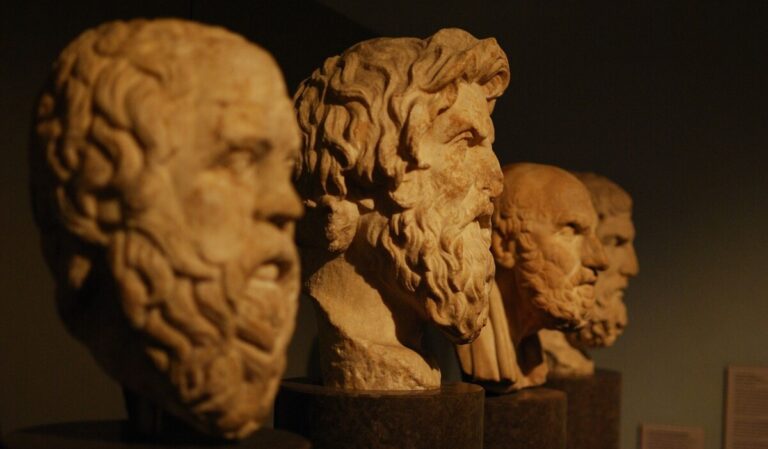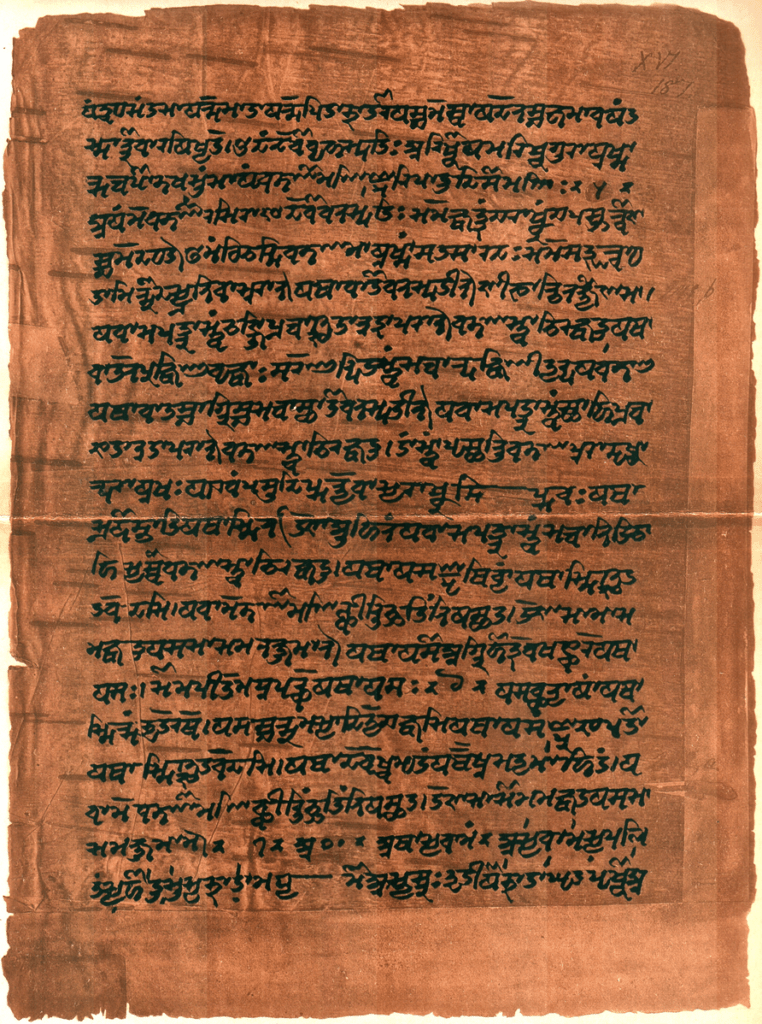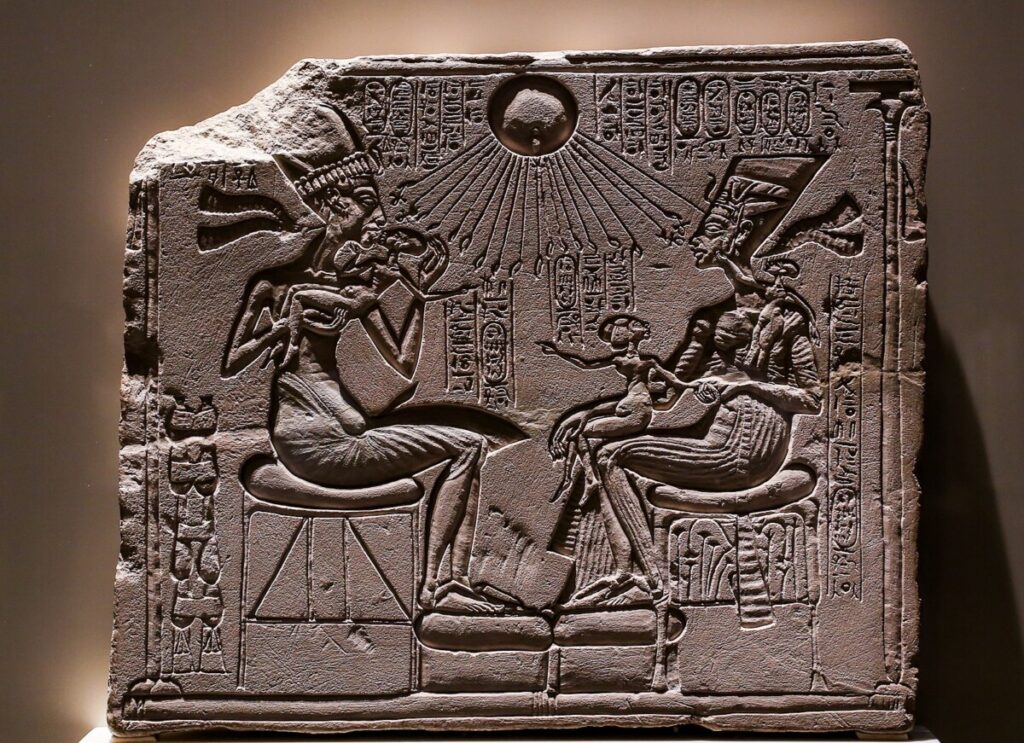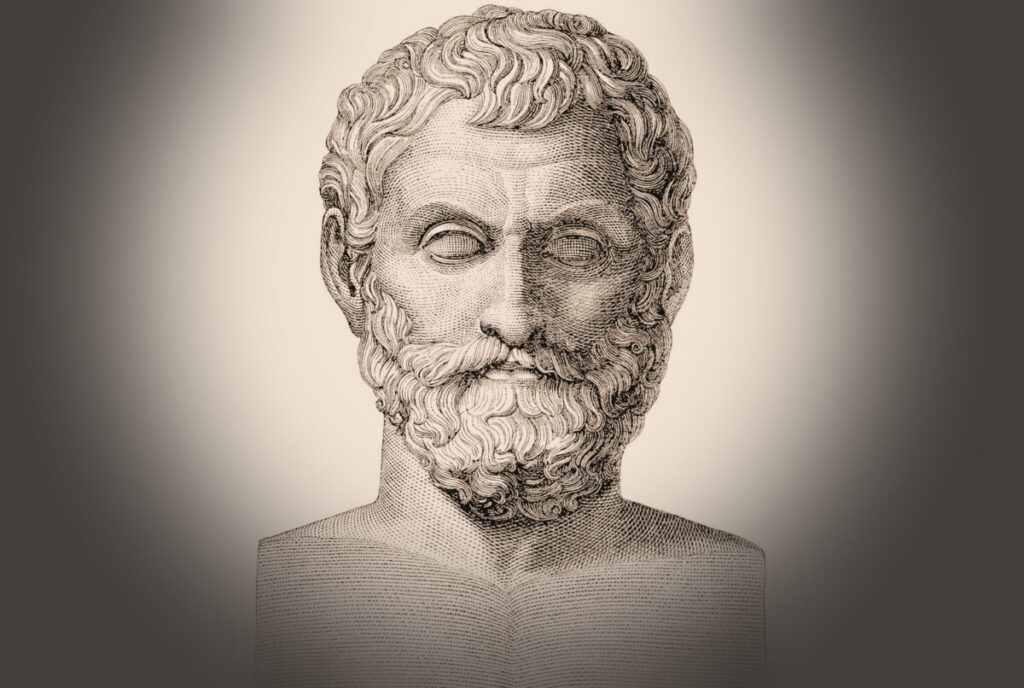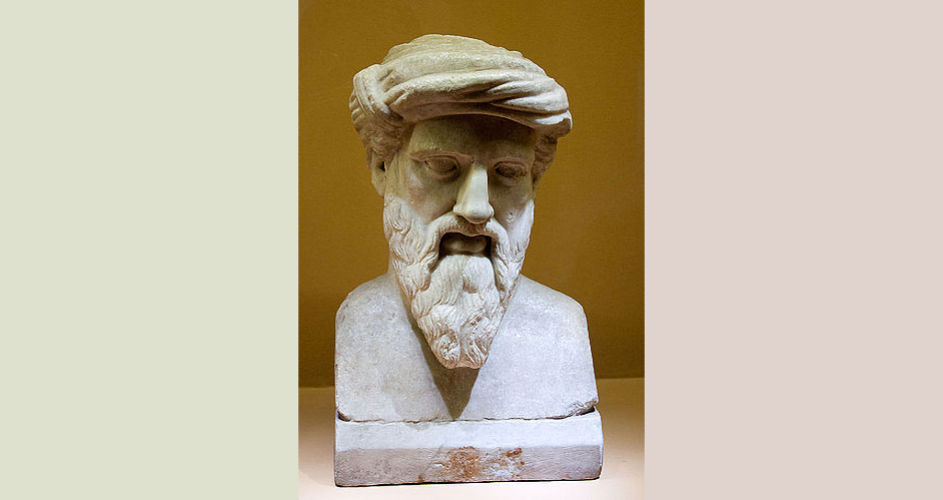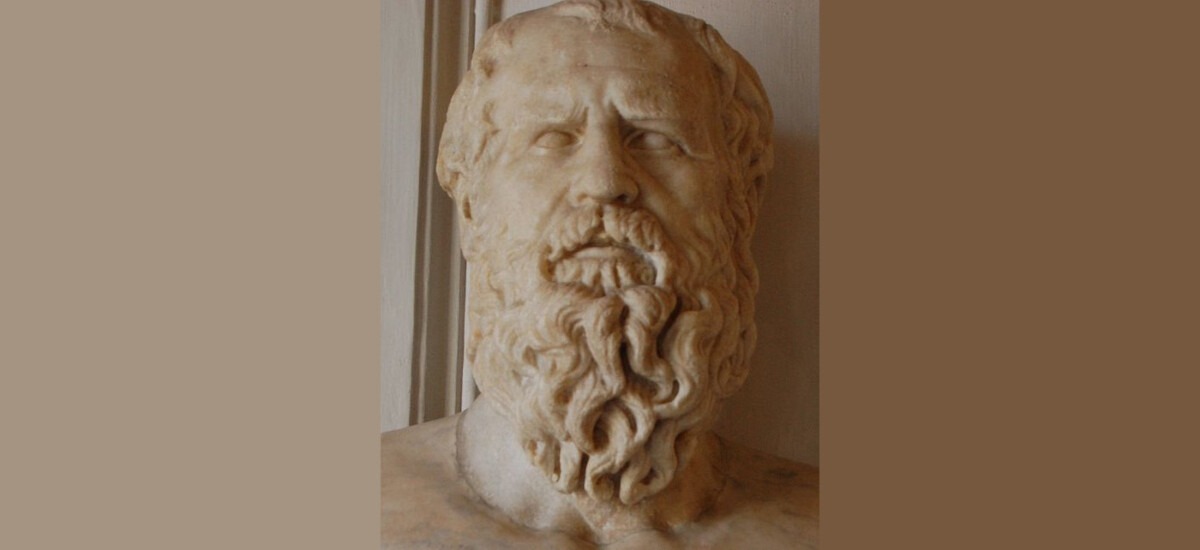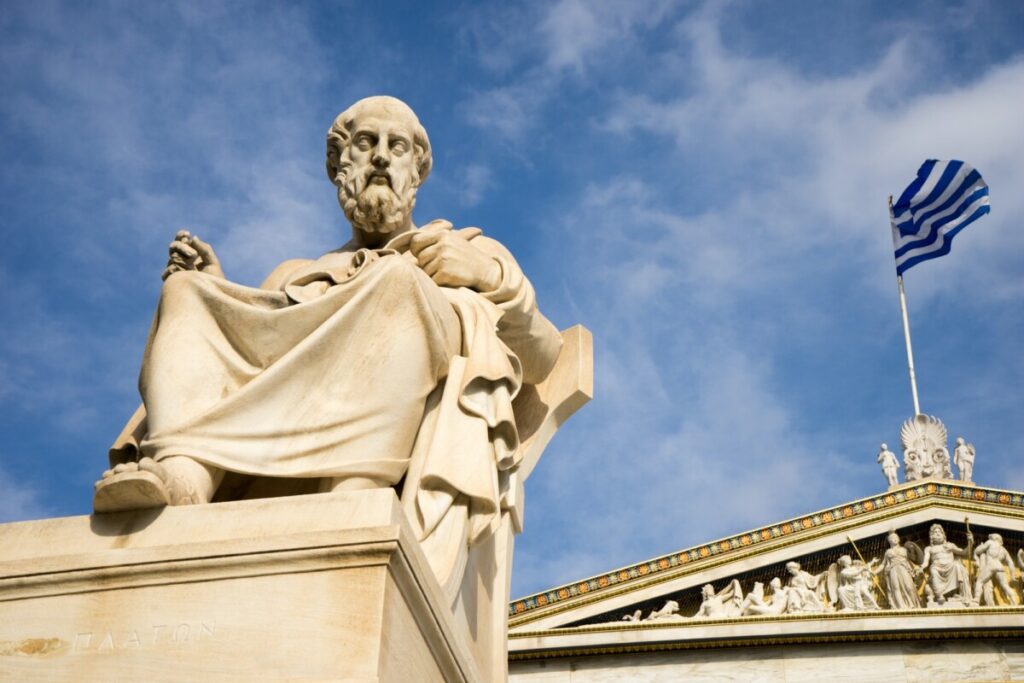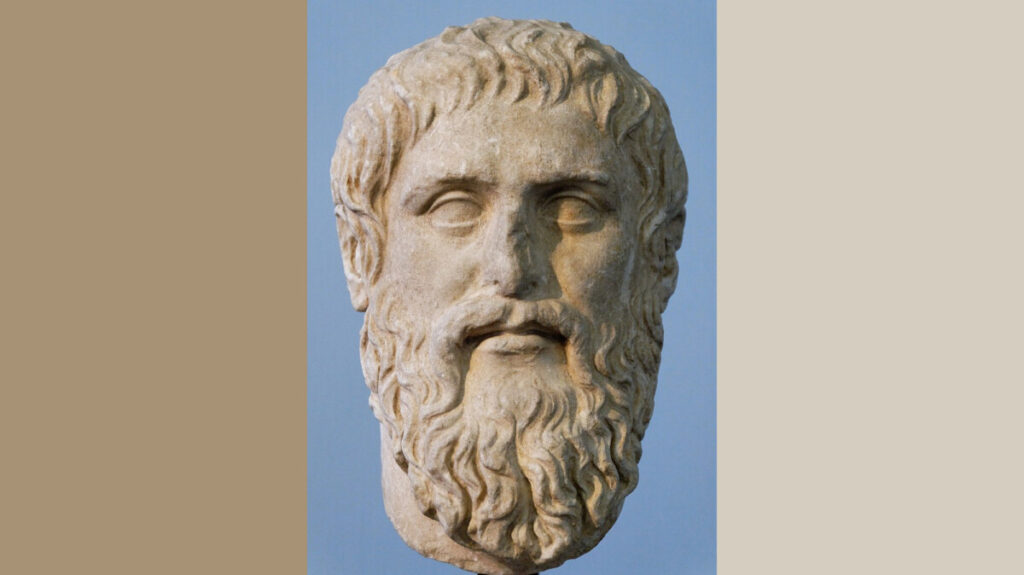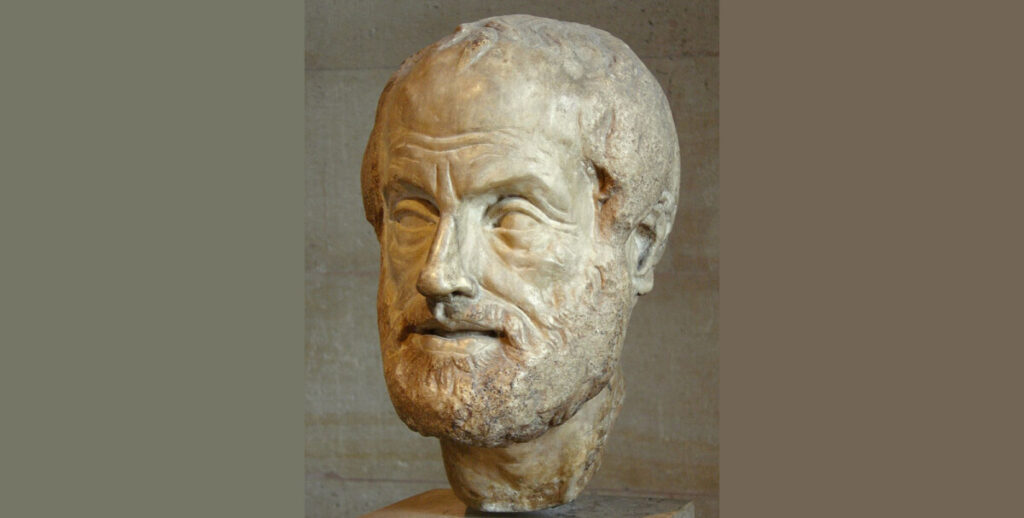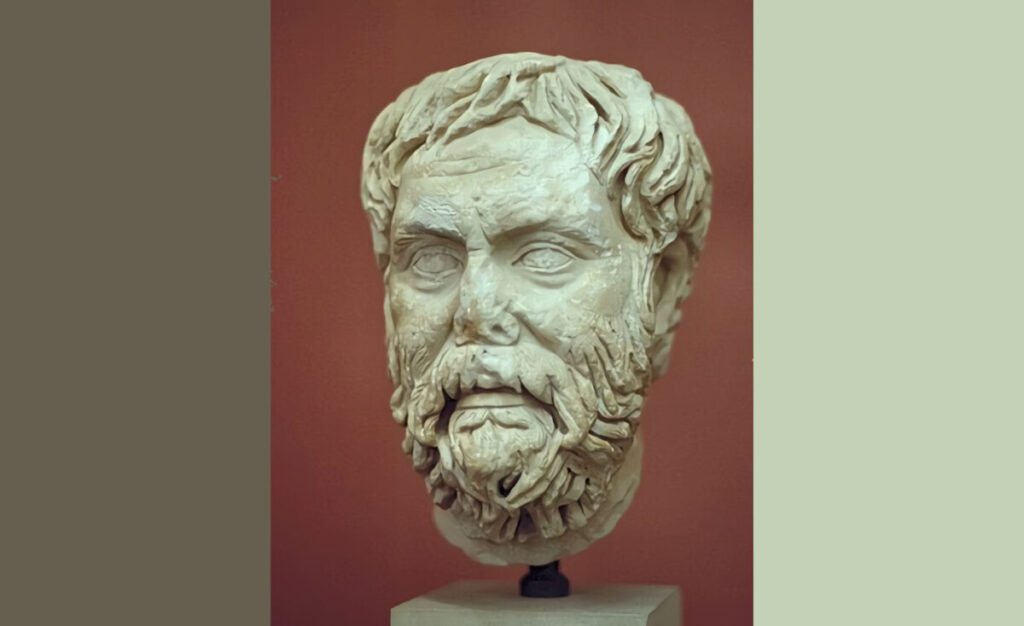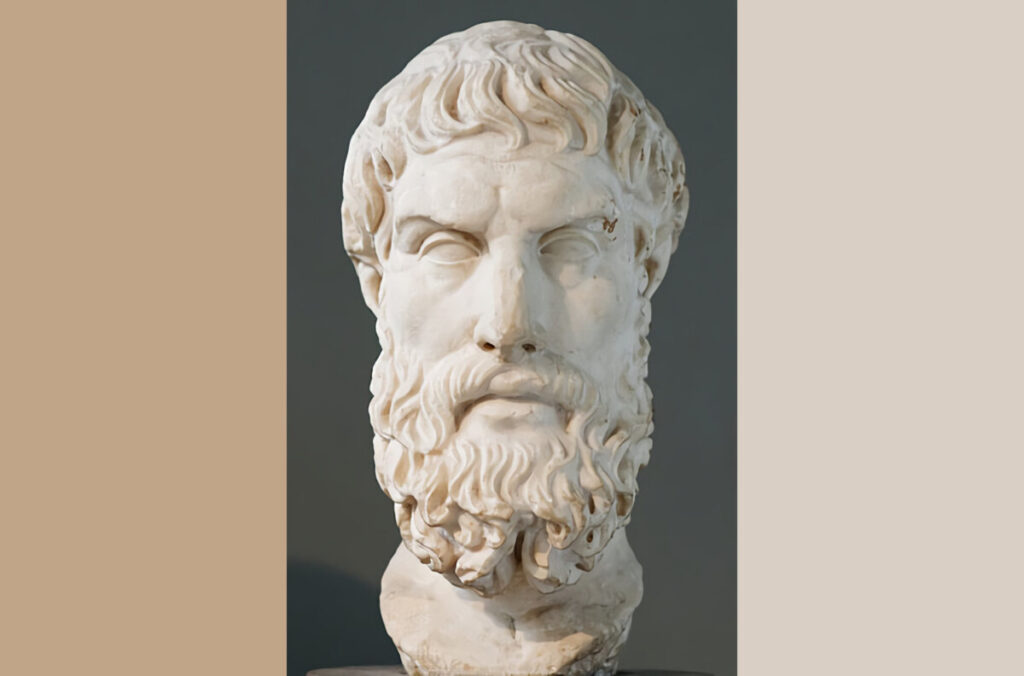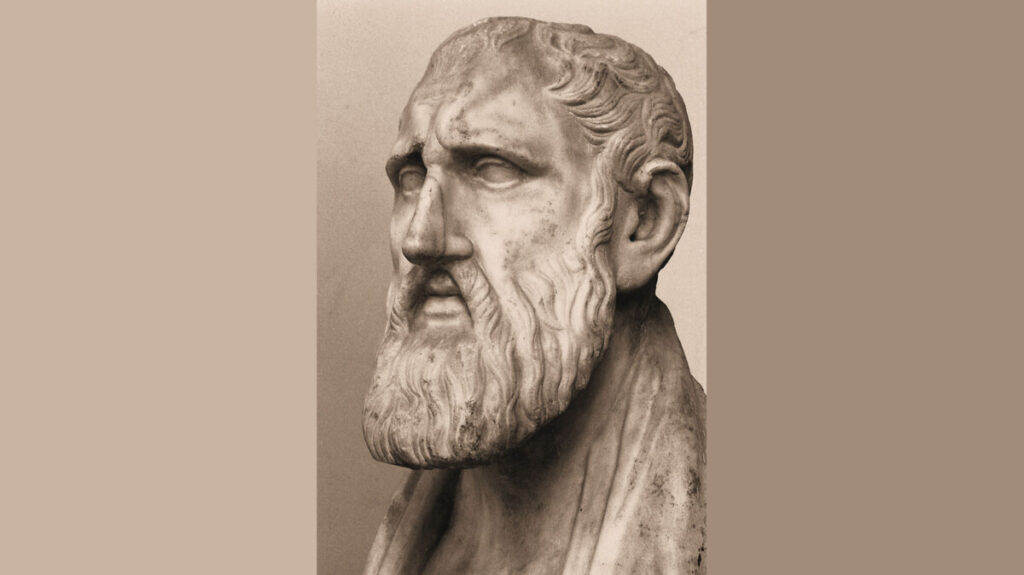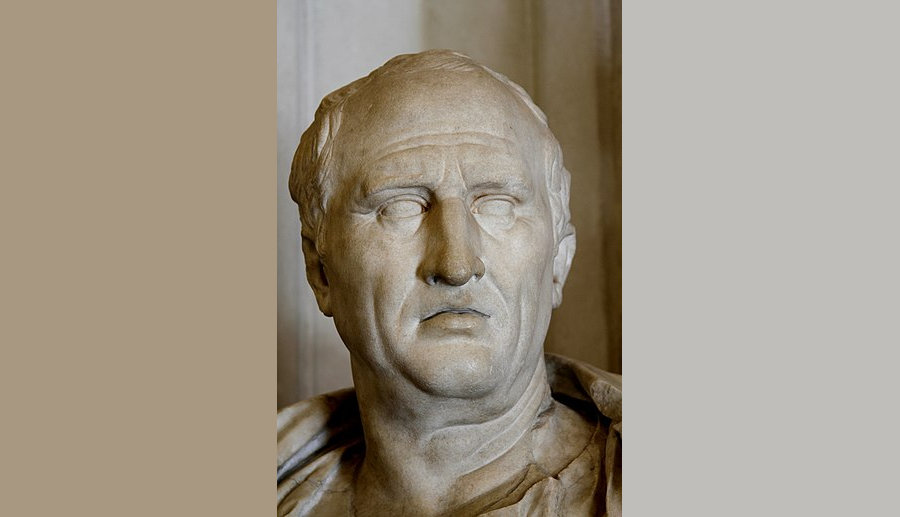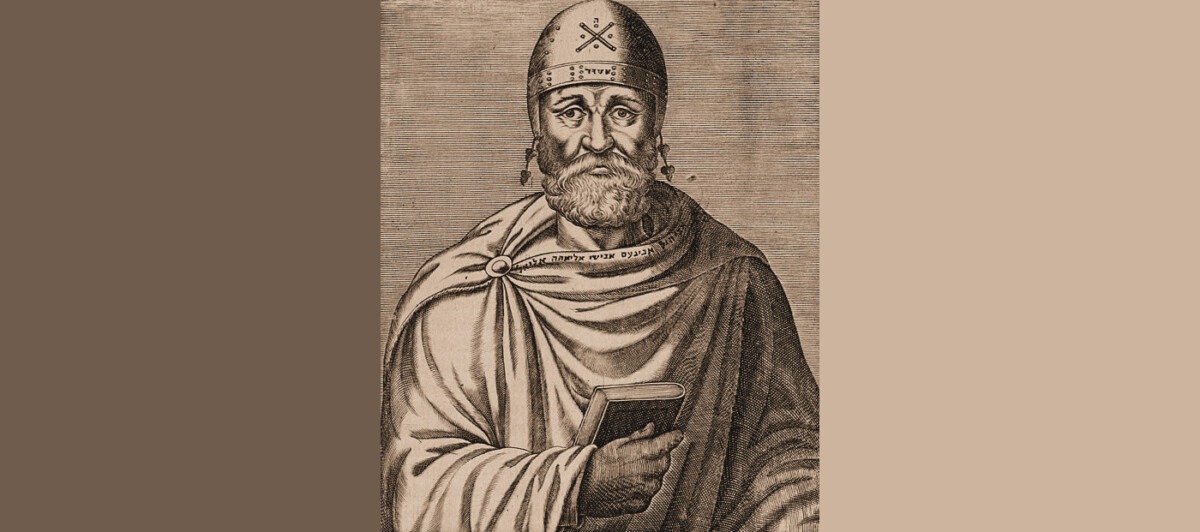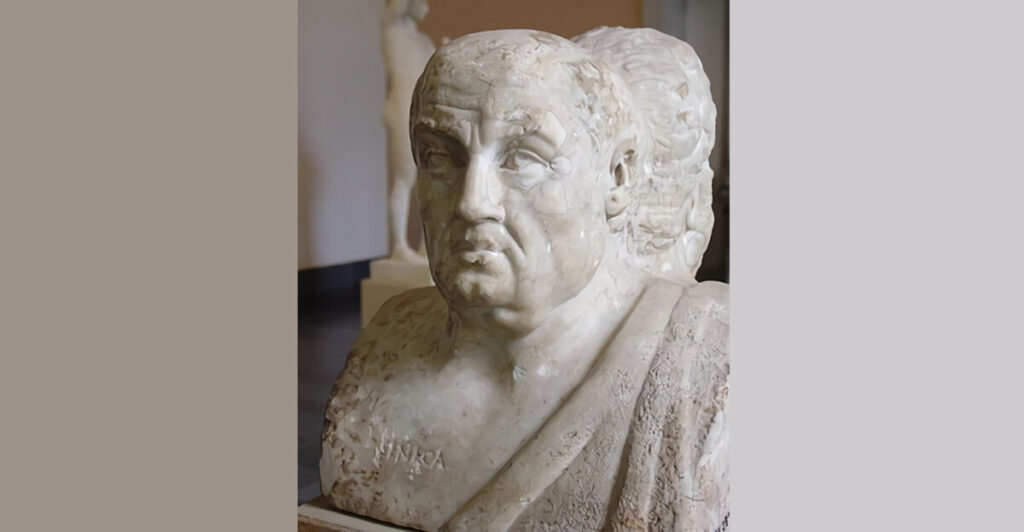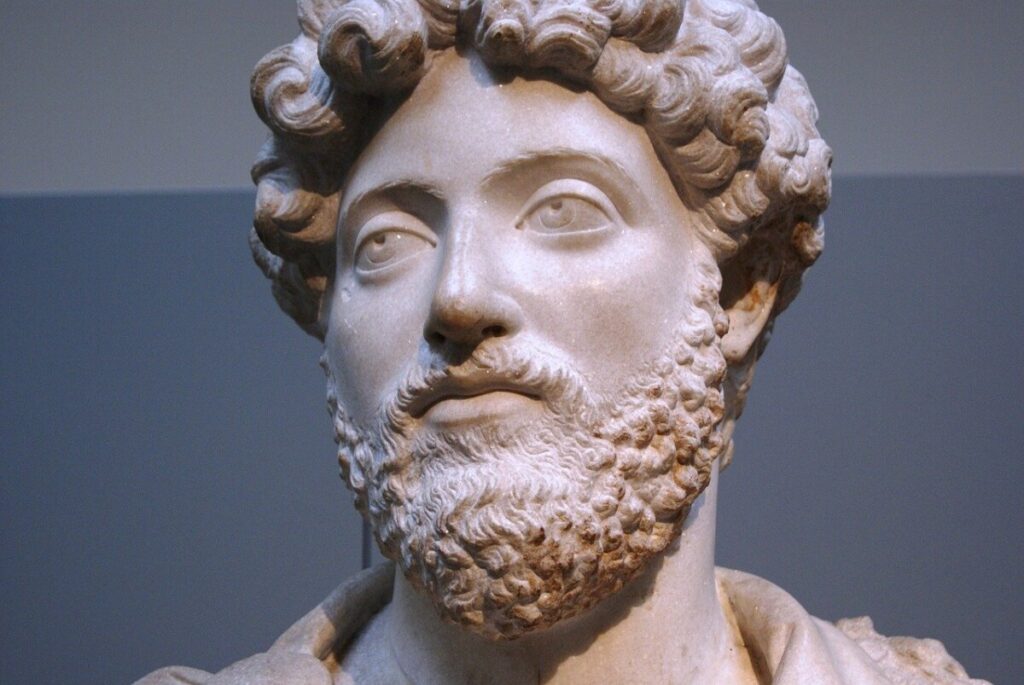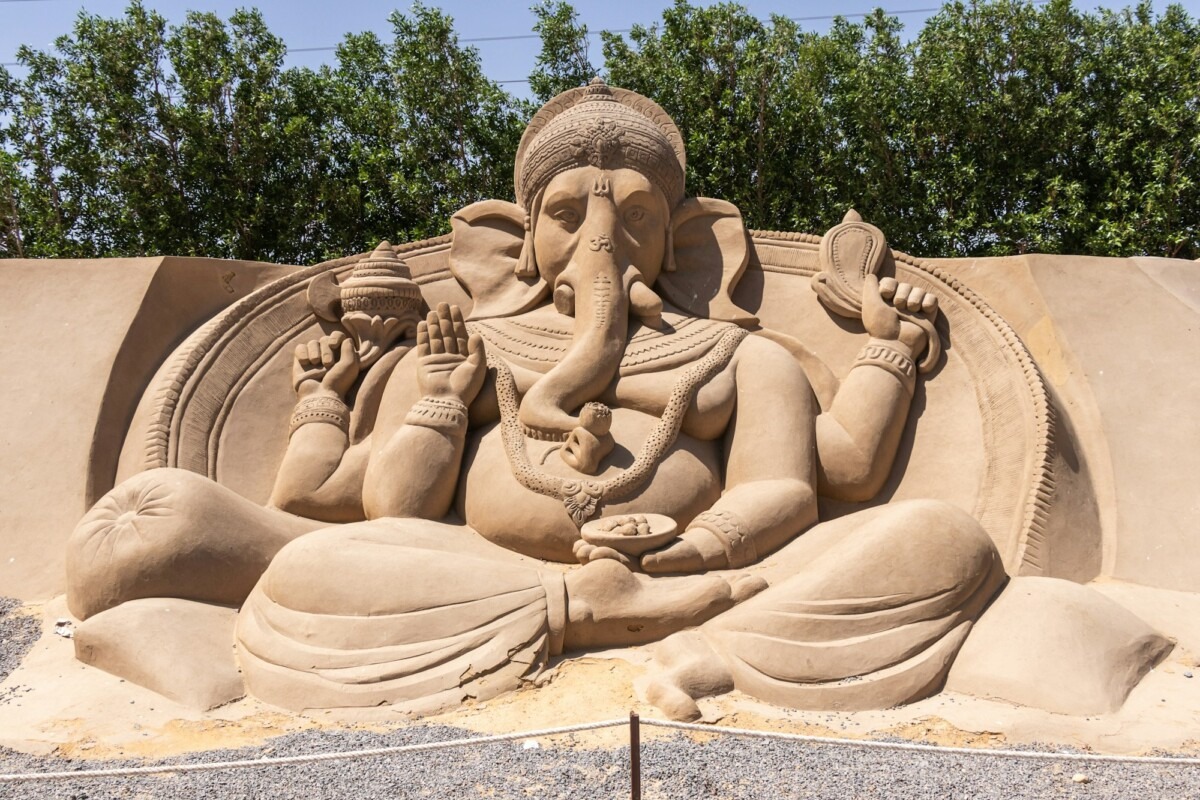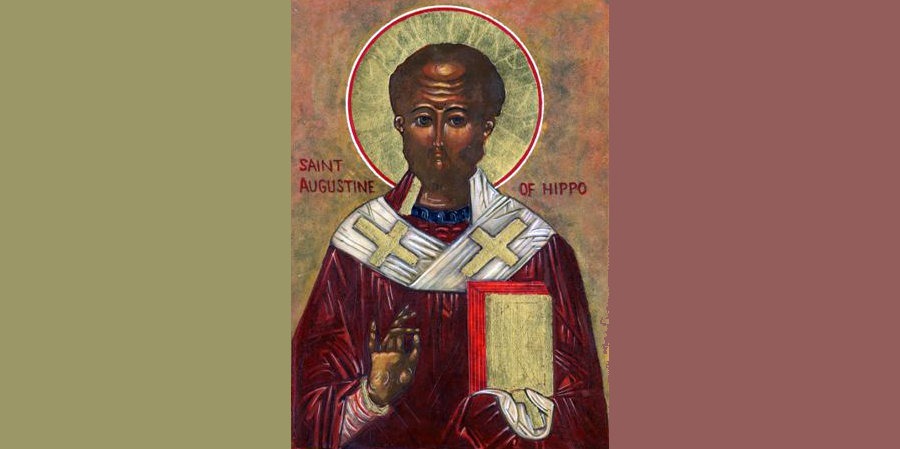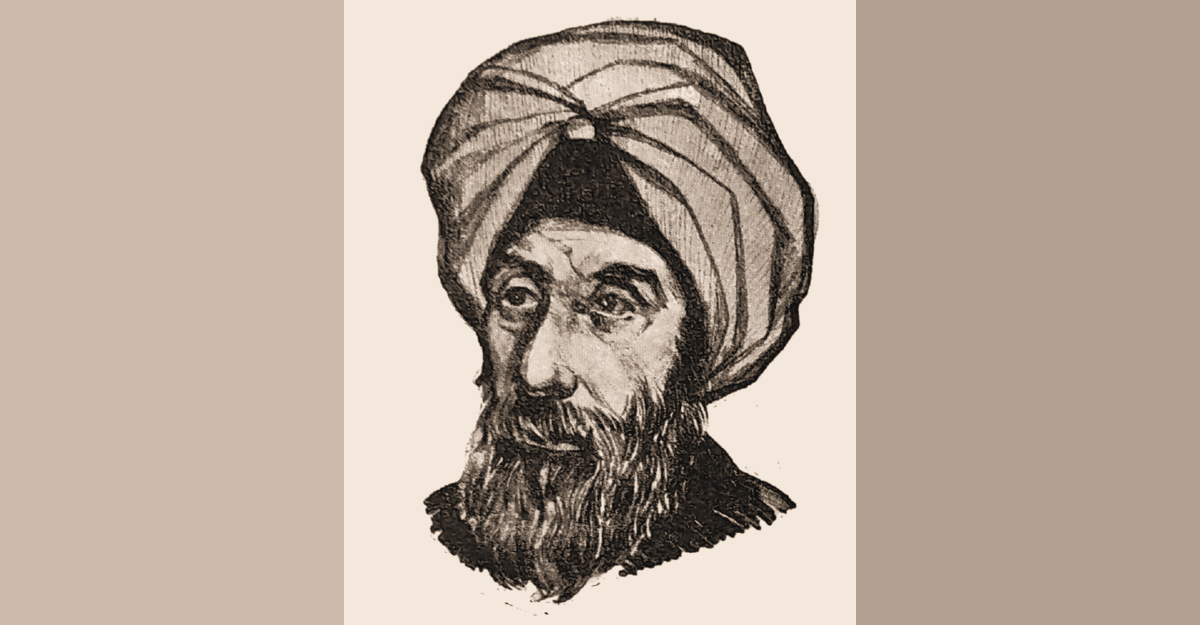BEFORE 1000 CE Edition: This timeline is a comprehensive philosophy timeline. For context, it includes a few notable events in human history; the “history” filter. The purpose is to bring a sense of how long humans have been asking philosophical questions. Generation Note: for the purpose of this timeline, a generation is 25 years.
For the companion timeline for the book: “30 Philosophers: A New Look at Timeless Ideas,” go to Book Timeline: 30 Philosophers.
The Philosophy Timeline
Switch To: Before 1000 CE | After 1000 CE
Human DNA today is the same as 50,000 BCE. There is no doubt there were many dozens and perhaps thousands of civilizations prior to the Sumer civilization, but Sumer is the earliest known, or at least the earliest well known. The Sumer civilization first established between 6500 and 4100 BCE. We know quite a bit about the Sumerians because they immortalized their writing in clay tablets which will be around long after all the paper books on Earth right now have deteriorated. Sadly, we know almost nothing about prior civilizations because very little evidence survived the test of time. The Sumerians spoke and wrote Sumer and starting several millennia into their civilization they started immortalizing their culture on clay. They had an advanced democracy with elected officials, religion, art, wheel, math, philosophy, and language. The Cuneiform script was in use until 100 CE.
30 Phil, Chapter 2: Shuruppak and Paternal Wisdom
Touchstones: Knowledge Frameworks & Philosophy
King Shuruppak, circa 2625 BCE to 2550 BCE. Author of the “Instructions of Shuruppak.” It comes to us from around 2600 BCE, perhaps a century or so after the time of Gilgamesh. It is one of the oldest surviving works of literature in the world. This fatherly advice provides valuable insights into his views, and a glimpse into Sumerian philosophy, which is why he’s the first philosopher, the first chapter anchor, of “30 Philosophers.”
We know about King Shuruppak from the Sumerian King List, an ancient text where he appears as the last king before a great flood. Although the list mixes historical kings with mythical figures, it places him at about 2600 BCE.
Pictured is the Ziggurat of Ur, about 70 miles from Shuruppak. The city of Shuruppak had a similar ziggurat. The Sumerian civilization consisted of over 30 city-states, among which Ur and Shuruppak were among the more prominent.
My favorite sayings:
- Be loyal and faithful to your friends, they are a source of support.
- Do not cheat or deceive others, for it is a breach of trust.
- Do not be envious of others, for it leads to bitterness.
- Be diligent in your work, for it brings success.
- You should not pass judgment when you drink beer.
Hinduism was founded sometime between 2300 and 1500 BCE, but does not have a founder so the exact date is difficult to specify. Like most ancient religions, it is a synthesis of various traditions. Hinduism today is generally centered around the Vedas, ancient sacred texts.
Some of my favorite Hindu sayings:
- Every day you should sit quietly and affirm, with deep conviction.
- You become that which you believe you can become.
- The entire universe is to be looked upon as the Lord.
The Rigveda, Sanskrit for “praise knowledge”, is a collection of sacred texts of Hinduism first written down between 1700 and 1100 BCE. The sounds and texts of Rigveda have been orally transmitted since at least circa 2000 BCE. It discusses cosmology, praises deities, and covers philosophical questions including…
- 1.164.34: “What is the ultimate limit of the earth?”, “What is the center of the universe?”, “What is the semen of the cosmic horse?”, “What is the ultimate source of human speech?”;
- 1.164.34: “Who gave blood, soul, spirit to the earth?”, “How could the unstructured universe give origin to this structured world?”;
- 1.164.5: “Where does the sun hide in the night?”, “Where do gods live?”;
- 1.164.6: “What, where is the unborn support for the born universe?”;
- 1.164.20 is a parable of the Body and the Soul.
The other three books of the Veda were written centuries later:
- Yajurveda, circa 1000 BCE
- Samaveda, circa 1000 BCE
- Atharvaveda, circa 700 BCE
In the ninth year of the reign of Akhenaten, he declared the traditional supreme God Aten to be the only God of Egypt with himself as the sole communicator to Aten, kind of like an early Pope. This early attempt at monotheism failed after about 20 years and Egypt returned to their traditional polytheistic religion.
About the image: Akhenaton and Nefertiti seated, holding 3 of their daughters, under the rays of the sun god Aten giving Ankh-symbols to them (Picture provided by ArchaiOptix).
30 Phil, Chapter 3: Gargi and the Concept of Holism
Touchstones: Ontology & Holism
Gargi lived in India around 800 BCE, give or take a century, but we do not know her lifespan. We know about her from early Vedic Tradition, specifically from the early Vedas. Gargi is one of the earliest known female philosophers. Although the specifics of her timeline are unclear, she emerged around 800 BCE. Gargi’s life unfolded in the kingdom of Videha, present-day Bihar in eastern India. Her family belonged to the Brahmin caste, who have historically been the custodians of knowledge in Indian society. In this capacity, they played a vital role in the cultural transmission of knowledge.
Thales of Miletus was a Greek philosopher, mathematician, and astronomer. Considered by many including Aristotle to be the first philosopher in the Greek tradition. He is also considered the father of science by many.
Some of my favorite translated sayings are:
- Know thyself.
- A multitude of words is no proof of a prudent mind.
In the vibrant intellectual climate of Ancient Greece, the 6th century BCE marks the embryonic stage of formal logic, attributed to the philosopher Thales of Miletus (around 624-546 BCE). Thales, recognized as the first of the Seven Sages of Greece, embarked on a quest that laid the foundational stones of logical thought. He shifted the explanation of natural phenomena away from mythological interpretations towards rational principles.
30 Phil, Chapter 4: Laozi and Daoist Philosophy
Touchstones: Non-action, Authenticity, Yin and Yang, & Unknowable Dao
Pictured is the statue of Laozi at the base of mountQingyuan in China. The life of Laozi is shrouded in mystery, but he is the first philosopher in “30 Philosophers” that attempts to construct a precise biography. The Spring and Autumn Period of China spanned nearly three centuries starting in 770 BCE, and Laozi lived about in the middle of that era. He was born about 604 BCE . His native language was Old Chinese, he authored the Dao De Jing, and founded the Daoist philosophy. Some stories indicate he was married and had at least one son.
The Greeks knew the Earth is spherical. For example, Pythagoras (570-495 BCE), Aristotle (384-322 BCE), and Euclid (circa 450 BCE) wrote about the Earth as a sphere. Eratosthenes (276-194 BCE) even calculated the circumference of the Earth to within 1%. He also wrote about the idea that India could be reached by sailing westward from Spain.
Nearly 2,000 years later during the time Columbus sailed the ocean blue, most religious nuts believed the Earth was flat and he would fall off. What happened to truth? Although many educated people knew all along, the dogma of the brainwashed religious nuts over the centuries suppressed and terrorized the masses into believing things like the Earth is flat, the Earth is only a few thousand years old, women are property, and other such nonsense. The harm caused by formal religions over the eons is incalculable.
The Greek philosopher and mathematician Pythagoras was born in Ancient Greece on the island Samos which is about a mile off the coast of modern Turkey. History looks at Pythagoras as an educator and philosopher as well as a cult leader. He discovered the musical octave, used deductive reasoning, and embraced an early version of forms which was a stepping stone to Plato’s forms. His early theories on math as the answer to the universe are elementary and off course, but these first attempts led the path for future mathematicians to explore. He is most remembered for his Pythagorean theorem which states the square of the length of the hypotenuse of a right triangle equals the sum of the squares of the lengths of the other two sides
As a cult leader, he spent his life brainwashing anyone who would follow him. Like Jesus, he said he was the son of God. His cult had strange rules including that you had to be silent for five years before you could join. A clever trick that meant only true believers who would not tell others of the crazy could get in. The crazy ran deep. You must spit on your finger clippings. You cannot urinate toward the sun. They sacrificed an ox whenever they proved a mathematical formula.
Pythagoras never wrote anything down or at least none of his writings survived so we have to rely on what others say he said and did, but we’re likely never to know what was Pythagoras’ pure ideas from the evolved or altered ideas of later writers.
Some of my favorite translated sayings attributed to Pythagoras:
- Reason is immortal, all else mortal.
- There is geometry in the humming of the strings, there is music in the spacing of the spheres.
- As soon as laws are necessary for men, they are no longer fit for freedom.
- Do not say a little in many words but a great deal in a few.
30 Phil, Chapter 5: Confucius and Confucianism
Touchstones: Normalcy and Schemas
Confucius is remembered for his practical applied philosophy. His sayings are a reflection of many centuries of common sense sayings making his philosophy deeply Chinese.
My favorite sayings:
- The man who knows he can, and the man who knows he cannot, are both correct.
- Real knowledge is to know the extent of one’s ignorance.
- The man who asks a question is a fool for a minute, the man who does not ask is a fool for life.
- You are what you think.
- All people are the same; only their habits differ.
- Roads were made for journeys, not destinations.
-
Respect yourself, and others will respect you.
30 Phil, Chapter 6: Gautama Buddha and Buddhism
Touchstones: Non-self and Nondualism-Dualism
Pictured: Gautama Buddha statue in Buddha Park of Ravangla, Sikkim. Showing after Confucius just to group Laozi & Confucius together.
In a much simpler time, the royal family of the Shakya dynasty lived in a palace located at the capital of the Shakya kingdom in present-day Nepal. Around 563 BCE, a boy named Siddhartha Gautama was born in the palace. At the age of 29, he left the luxury of his palace, and became one of the many wandering ascetics. After six years of wandering, in a flash, he suddenly attained enlightenment at the age of 35 under a Bodhi tree. Over the centuries, Buddhist Councils reorganized and revised the Canon, eventually adding the third text containing philosophical and psychological analysis. The degree to which these revisions deviated from the Buddha’s original words remains unknown. It was not until the 1st century BCE that the orally transmitted Pali Canon was finally committed to writing.
30 Phil, Chapter 7: Heraclitus and Your Worldview
Touchstones: Impermanence, Worldview, and Identity
Pictured: Bust of an unknown philosopher. Some believe this might be Heraclitus. This bust is in the Capitoline Museum in Rome, but the museum makes no such identity assumption.
As Eastern luminaries contemplated the rhythm and flow of nature, their counterparts in the West were embarking on an equally significant intellectual path. The pre-Socratic philosophers, guided by a new rational perspective, challenged the stronghold of mythology, and propelled human thought onto a trajectory marked by reason.
Little is known for sure about Heraclitus. Born around 535 BCE, storied indicated he lived about 60 years. Heraclitus hailed from noble lineage, destined for a prominent position, perhaps even a kingship. With conviction in his heart, choosing philosophy, he rejected sovereignty in favor of his brother.
- Everything is in Flux.
- No man ever steps in the same river twice.
Socrates was a Greek philosopher and is frequently credited as the founder of Western philosophy. He left no writings, but his student Plato documented his philosophy.
Some of my favorite translated sayings attributed to Socrates:
- Enjoy yourself — it’s later than you think.
- He who is not content with what they have will not be content with more.
- Do not praise someone wealthy until you known how they employ it.
- We should hear and see more than we speak.
- False words are not only evil in themselves, but they infect the soul with evil.
- He is rich who is content with the least.
- Once made equal to man, woman becomes his superior.
30 Phil, Chapter 8: Plato and Rationalism
Touchstones: Reflective Inquiry and Ignorance is Bliss
Plato was a Greek philosopher born in Athens. He was a student of Socrates and a teacher of Aristotle. Plato’s Theory of Forms asserts that the reality is only a shadow, or image, of the true reality of the Realm of Forms — abstract, perfect, unchanging concepts or ideals that transcend time and space.
My favorite sayings:
- Excellence is not a gift, but a skill that takes practice.
- If women are expected to do the same work as men, we must teach them the same things.
- If you do not take an interest in the affairs of your government, then you are doomed to live under the rule of fools.
- Beauty lies in the eyes of the beholder.
- Reality is created by the mind, we can change our reality by changing our mind.
- Music gives a soul to the universe, wings to the mind, flight to the imagination and life to everything.
- If a man neglects education, he walks lame to the end of his life.
30 Phil, Chapter 9: Aristotle and Empiricism
Touchstones: Syllogisms, Rationalism, Empiricism, Logic, Logical Fallacies, & Eudaimonia
Aristotle was the greatest Greek philosopher and covered nearly all subjects including physics, biology, zoology, metaphysics, logic, ethics, aesthetics, poetry, theatre, music, rhetoric, psychology, linguistics, economics, politics, meteorology, geology, and government. His Aristotelian philosophy characterized by deductive logic and an analytic inductive method.
Some of my favorite translated sayings are:
- The more you know, the more you know you don’t know.
- It is the mark of an educated mind to be able to entertain a thought without accepting it.
- Happiness depends upon ourselves.
- Happiness is the meaning and the purpose of life, the whole aim and end of human existence.
- The educated differ from the uneducated as much as the living differ from the dead.
- Quality is not an act, it is a habit.
30 Phil, Chapter 10: Pyrrho of Elis and Skepticism
Touchstones: Skepticism and Social Constructs
Pyrrho, the skeptic, believed no one knows anything. Everything can be questioned. The best approach is to keep an open mind. Like Socrates, Pyrrho himself left no writings. We know of his teachings through his students and later writers.
Phrases that best represent skeptics:
- Question everything.
- Do not trust your senses.
- What difference does it make if you are alive or dead?
There’s a big difference between a pure skeptic questioning literally everything, and a moderate skeptic who evaluates everything with an open mind. Pyrrho is reported to have been a pure skeptic, I’m more of a moderate skeptic.
30 Phil, Chapter 11: Epicurus and Epicureanism
Touchstones: Agnosticism and Pleasure
Epicurus founded Epicureanism in 307 BCE. The goal of Epicureanism is to help people attain a happy (eudaimonic), tranquil life characterized by ataraxia (free from fear) and aponia (free from pain). He authored over 300 books, scrolls, none of which survived the test of time.
Some of my favorite translated sayings attributed to him:
- Do not spoil what you have by desiring what you have not
- Death is not something experienced in life.
- Fear of death is a waste of time.
My favorite saying is the Epicurean epitaph “Non fui, fui, non sum, non curo.”
- I was not; I was; I am not; I do not mind.
I sometimes refer to myself as an epicurean stoic. A balance between enjoy the journey, and duty to yourself and others. Enjoying the complimentary yin and yang of my journey on Earth.
Zeno is considered the founder of the Stoic school of philosophy. When events occur in life, people react. Life is a series of events and immediate reactions. A stoic introduces a third middle step, a judge step. On their life journey, a stoic strives for a series of event-judge-react experiences. When you introduce a judge step, you can frequently change your reaction to a healthier reaction.
The stoic philosopher Marcus Tullius Cicero was one of Rome’s greatest orators and had an immense influence on the Latin language.
Some of my favorite translated Cicero quotes:
- If you have a garden and a library, you have everything you need.
- Friendship improves happiness and abates misery, by the doubling of our joy and the dividing of our grief.
- Any man can make mistakes, but only an idiot persists in his error.
- Silence is one of the great arts of conversation.
- Cultivation to the mind is as necessary as food to the body.
- Love is the attempt to form a friendship inspired by beauty.
30 Phil, Chapter 12: Philo and Abrahamic Philosophy
Touchstones: Allegorical interpretation
Pictured: Portrait from 1500s. He likely did not look like this.
Philo of Alexandria, was born in the dynamic environment before the split of Judaism and Christianity. He was born around the year 20 BCE and became an important Jewish leader delving into the enigmatic world of Hellenistic Jewish religion.
The stoic philosopher Lucius Annaeus Seneca the Younger has the distinction that more of his writings survived the test of time and is therefore a valuable primary source for stoic philosophy.
Some of my favorite translated Seneca quotes:
- Luck is what happens when preparation meets opportunity.
- All cruelty springs from weakness.
- Religion is regarded by the common people as true, by the wise as false, and by rulers as useful.
- We suffer more often in imagination than in reality.
- If a man knows not to which port he sails, no wind is favorable.
- No man was ever wise by chance.
- Only time can heal what reason cannot.
Epictetus stressed that philosophy is a way of life and not simply analytical. The stoic philosopher Epictetus was cited by Marcus Aurelius in his Meditations. Epictetus was one of the future emperor’s teacher’s during childhood up to the age of 14. Although no writings by Epictetus are known, his students documented his beliefs and sayings well. Epictetus is my favorite philosopher. I like nearly all the quotes attributed to him.
Some of my favorite translated sayings attributed to him:
- It’s not what happens to you, but how you react to it that matters.
- The key is to keep company only with people who uplift you.
30 Phil, Chapter 13: Marcus Aurelius and Stoicism
Touchstones: Cognitive Reframing, Negative Visualization, and Cognitive Distancing
Some of my favorite translated meditations include:
- Learn to be indifferent to what makes no difference.
- The happiness of your life depends upon the quality of your thoughts.
30 Phil, Chapter 14: Badarayana and Karma
Touchstones: Cause and Effect, and Cognitive Biases
Badarayana is the sage who wrote the Brahma Sutras. Badarayana is placed at circa 200 CE, but the truth is, we don’t know when he lived. In my research, I found dates ranging from the 4th century BCE to the 4th century CE . While scholarly consensus leans towards an earlier date, I chose a reference year of 200 CE so I could group the Greco-Roman philosophers together on our mostly chronological journey.
Badarayana composed the “Brahma Sutras” as a guide to the Upanishads, a foundational text in Vedanta philosophy. The text was written in Classical Sanskrit and in an aphoristic style: short sentences expressing an idea. This style, popular between 500 BCE and 500 CE , gives me a modicum of comfort with the 200 CE date I’ve chosen.
Unfortunately, little is known about Badarayana’s personal life and background.
30 Phil, Chapter 15: Augustine, Time, and War
Touchstones: Chronoception and Eternity
Augustine is known as the father of Western religious scholarship. He reconciled the science and philosophy of Aristotle with church beliefs.
- The world is a book and those who do not travel read only one page.
- Right is right even if no one is doing it; wrong is wrong even if everyone is doing it.
- There is no saint without a past, no sinner without a future.
30 Phil, Chapter 16: Al-Farabi and Intellect
Touchstones: Intellect and Existence
Pictured: Artist impression.
Al-Farabi was born along the Silk Road circa 872 CE in the city of Farab, in present-day Kazakhstan. Al-Farabi’ thought was rooted in Platonic and Aristotelian frameworks, yet it seamlessly wove in elements of Islamic thinking. He imagined an ideal society, steered by virtuous leaders akin to Plato’s philosopher-kings, guiding them towards a virtuous existence. In his vision, true wisdom was the foundation of an intellectual civilization.
30 Phil, Chapter 17: Alhazen and the Senses
Touchstones: Senses and Perceptions
Pictured: Artist impression.
Alhazen was born in Basra around 965 CE, a city located in present-day Iraq. In his 30s, Alhazen faced the challenge of his life. He was “commissioned” to produce a solution for regulating the unpredictable and deadly flooding of the Nile. As he delved into the problem, it became clear the task was impossible. The “emission theory,” the prevalent theory before Alhazen, asserted that light originates from your eyes, hits objects, and is then reflected back. In “Book of Optics,” he explored aspects of vision and light, including reflection and refraction. He disproved the emission theory and proved the intromission theory.


